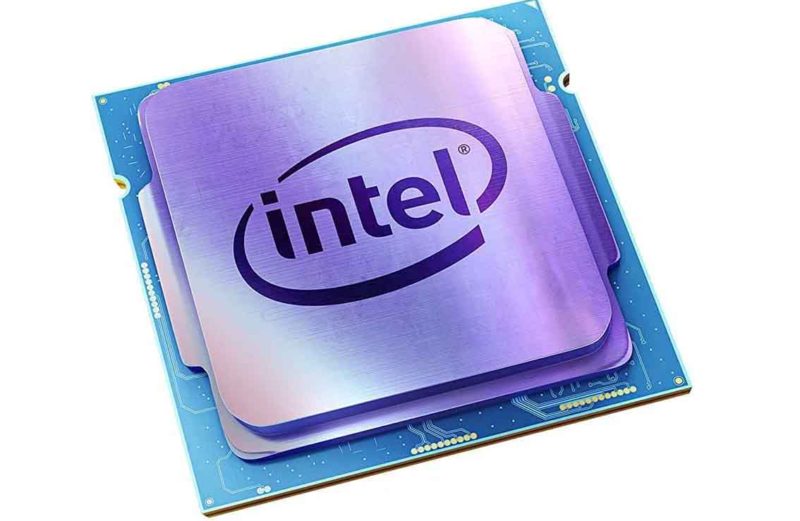The term “lithography” or “process node” of a CPU refers to the size of the transistors and other components that are etched onto the surface of the silicon wafer during the manufacturing process. This is typically measured in nanometers (nm). As technology advances, manufacturers are able to create smaller and smaller transistors and components, which […]
What is TDP (Thermal Design Power) of CPU?
TDP stands for Thermal Design Power, which is a measure of the maximum amount of heat that a CPU (Central Processing Unit) or other computer component is expected to generate when running at its base clock speed. The TDP is typically measured in watts and represents the maximum amount of power that the cooling system […]
What is Cache of CPU?
Cache refers to a type of high-speed memory that a computer processor can access more quickly than it can access regular system memory (RAM). It is used to temporarily store frequently accessed data or instructions, which the processor can then quickly retrieve to speed up program execution. There are different types of cache memory in […]
What is Max Turbo Boost Speed or Max Turbo Frequency?
Max Turbo Boost Speed, also known as Max Turbo Frequency, is a feature found in modern CPUs that allows the processor to automatically increase its clock speed above its base clock speed when the workload demands it. This feature can improve the performance of the processor in situations where extra performance is needed, such as […]
What is Base Clock Speed of a CPU?
The base clock speed of a CPU (Central Processing Unit) is the frequency at which the processor’s cores operate when under a typical or normal workload. It is the minimum clock speed at which the CPU will run at all times, regardless of how many cores are being used or what kind of task is […]
What is CPU Threads?
CPU threads are a way for a processor to execute multiple tasks simultaneously by dividing its resources between different processing threads. In modern processors, each CPU core can support multiple threads, allowing for more efficient use of the processor’s resources. A CPU thread is a virtual processing unit that is created by the operating system […]
CPU Core
A CPU core is the part of a central processing unit (CPU) that performs calculations and executes instructions. In simple terms, a CPU core is like a small computer within a larger computer, and a processor with more cores can perform more tasks simultaneously. For example, a dual-core processor has two CPU cores, while a […]
Intel Turbo Boost Technology
Intel Turbo Boost Technology is a feature found in Intel processors that allows the CPU to automatically increase its clock speed beyond its base clock speed in order to provide better performance when needed. The technology works by monitoring the workload of the processor and increasing the clock speed of the cores that are in […]
What are the meaning of Lot Size in Forex Trading?
In Forex trading, “lot size” refers to the volume or quantity of a particular currency pair that a trader buys or sells in a single transaction. The lot size is important because it determines the potential profit or loss on a trade. Forex brokers typically offer several different lot sizes for traders to choose from, […]
Foreign Exchange Management Act (FEMA)
FEMA stands for the Foreign Exchange Management Act. It is an Indian law that was introduced in 1999 to consolidate and amend the laws relating to foreign exchange in India. The act was passed to facilitate external trade and payments, promote orderly development and maintenance of the foreign exchange market in India, and to conserve […]


